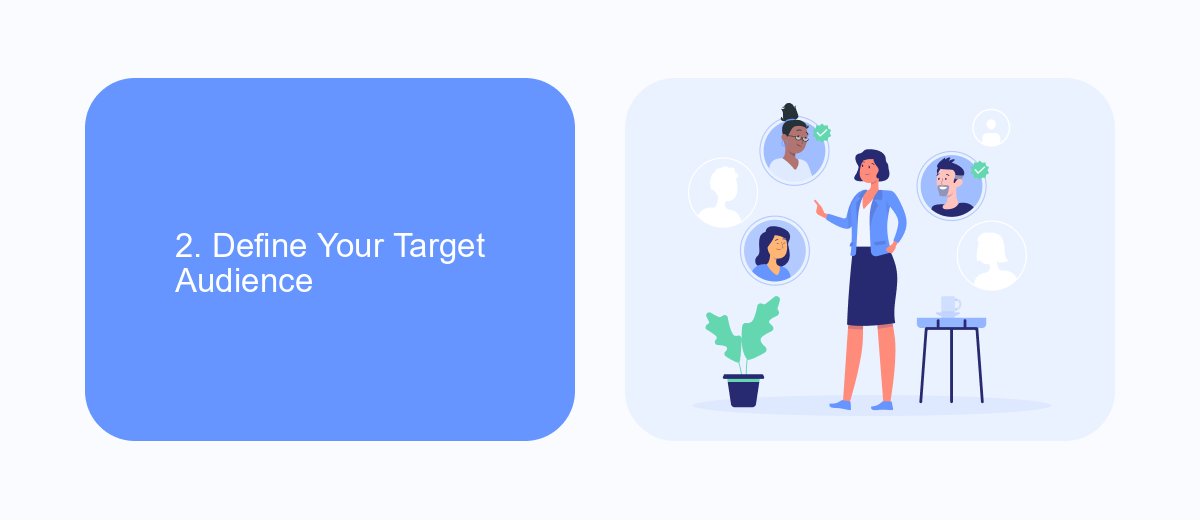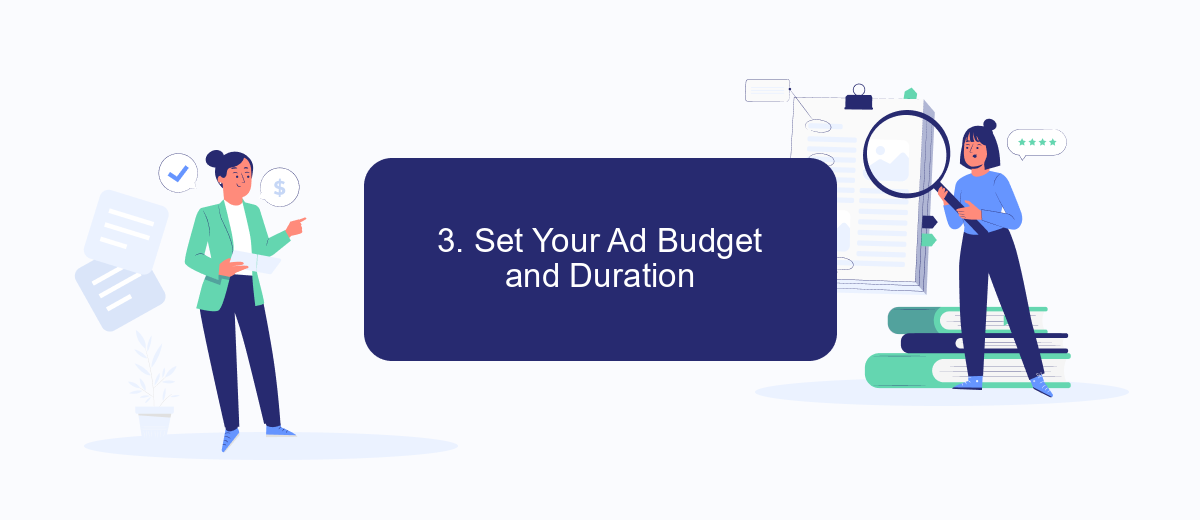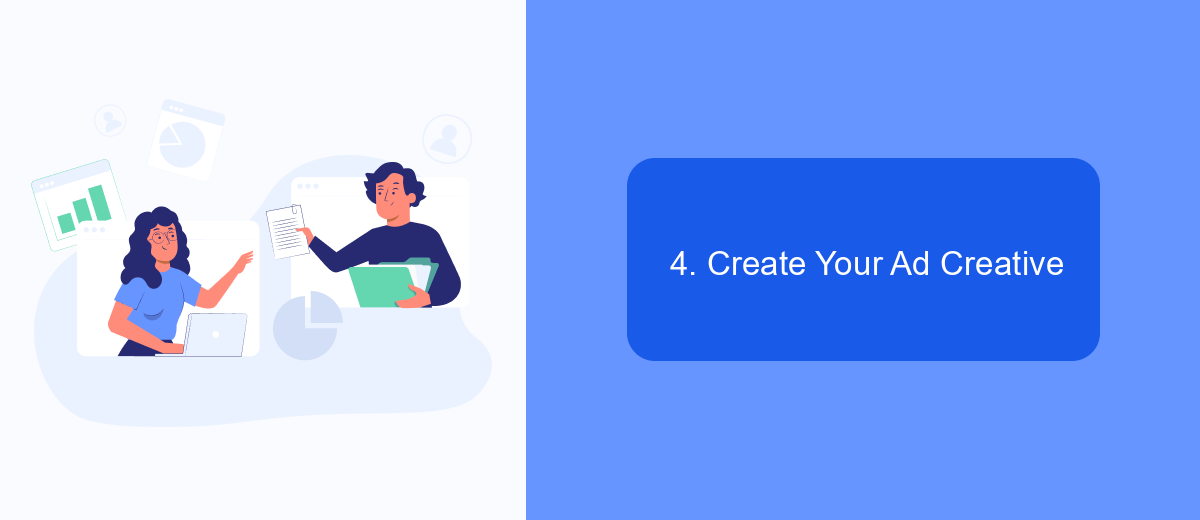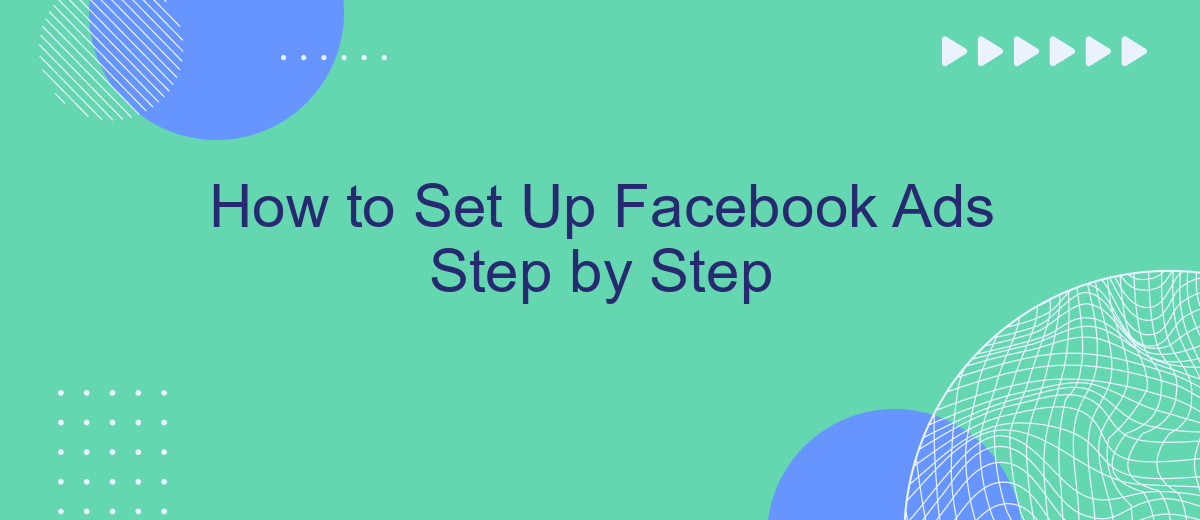Setting up Facebook Ads can significantly boost your business's online presence and drive targeted traffic to your website. Whether you're a beginner or looking to refine your advertising strategy, this step-by-step guide will walk you through the process of creating effective Facebook Ads. From defining your objectives to analyzing performance, we'll cover everything you need to know to get started and achieve your marketing goals.
Choose Your Ad Objectives
Before you start creating your Facebook ad, it's crucial to determine what you want to achieve with your campaign. Facebook offers various ad objectives that align with different business goals. By choosing the right objective, you can optimize your ad for better performance and results.
- Awareness: Increase brand awareness and reach a larger audience.
- Consideration: Drive traffic to your website, generate leads, or encourage engagement with your posts.
- Conversion: Boost sales, app installs, or other specific actions on your website.
Once you've identified your objective, you can use tools like SaveMyLeads to streamline your ad setup process. SaveMyLeads helps automate lead generation and integrates seamlessly with your CRM, ensuring that you capture and manage leads efficiently. By leveraging these tools, you can focus on crafting compelling ads while ensuring your backend processes are optimized for success.
Define Your Target Audience

Before launching your Facebook ad campaign, it's crucial to define your target audience. Start by identifying the demographics of your ideal customer, such as age, gender, location, and language. Facebook's Audience Insights tool can help you gather valuable data on user behavior and interests. Utilize this data to create a detailed buyer persona that represents your target audience's characteristics and preferences. This will ensure your ads are relevant and engaging to the right people.
Additionally, consider integrating services like SaveMyLeads to streamline your lead management process. SaveMyLeads allows you to automatically transfer leads from Facebook ads to your CRM or email marketing platform, ensuring that you can quickly follow up with potential customers. By using such integrations, you can optimize your ad performance and improve your overall marketing strategy. Remember, a well-defined target audience is the foundation of a successful Facebook ad campaign.
Set Your Ad Budget and Duration

Setting your ad budget and duration is a crucial step in ensuring your Facebook ad campaign's success. Proper budgeting helps you control costs while achieving your marketing goals. Follow these steps to set your ad budget and duration effectively:
- Navigate to the "Budget & Schedule" section in your Facebook Ads Manager.
- Select either a daily budget or a lifetime budget. A daily budget limits your spend per day, while a lifetime budget spreads your total spend over the campaign's duration.
- Set the start and end dates for your campaign. You can also choose to run your ad continuously until you manually stop it.
- Use the "Ad Scheduling" option if you want to show your ads only on specific days or times.
- Monitor your campaign's performance and adjust the budget or duration as needed.
Additionally, consider using services like SaveMyLeads to integrate your Facebook Ads with other platforms. This can automate data transfer and improve your ad campaign’s efficiency. By setting a clear budget and duration, and leveraging integration tools, you can maximize the impact of your ads.
Create Your Ad Creative

Creating your ad creative is a crucial step in setting up Facebook Ads. Your ad creative is what will capture the attention of your target audience and entice them to take action. To get started, you need to decide on the format of your ad, whether it's a single image, video, carousel, or slideshow.
Next, you'll need to design your ad. Use high-quality visuals and compelling copy to make your ad stand out. Make sure your ad is consistent with your brand's identity and message. You can use tools like Canva or Adobe Spark to create professional-looking designs even if you're not a graphic designer.
- Choose the right format for your ad.
- Design with high-quality visuals and compelling copy.
- Maintain consistency with your brand's identity.
- Utilize tools like Canva or Adobe Spark for design.
If you're looking to streamline your ad creation process, consider using integration services like SaveMyLeads. This platform can help you automate the transfer of leads from your ads to your CRM, making it easier to manage and follow up with potential customers. By leveraging such tools, you can focus more on crafting the perfect ad creative and less on manual data entry.
Track and Monitor Your Ads
Once your Facebook ads are live, tracking and monitoring their performance is crucial for optimizing results. Utilize Facebook Ads Manager to access detailed analytics, including reach, engagement, and conversion rates. Regularly review these metrics to identify which ads are performing well and which need adjustments. Pay attention to key indicators such as cost per click (CPC), click-through rate (CTR), and return on ad spend (ROAS) to make data-driven decisions.
For more advanced tracking, consider integrating third-party tools like SaveMyLeads. This service allows you to automate data collection and streamline your marketing efforts by connecting Facebook Ads with your CRM or email marketing platform. With SaveMyLeads, you can easily set up triggers to capture leads and send them directly to your preferred tools, ensuring you never miss an opportunity to follow up. By continuously monitoring and refining your ads, you can maximize your advertising budget and achieve better results.
- Automate the work with leads from the Facebook advertising account
- Empower with integrations and instant transfer of leads
- Don't spend money on developers or integrators
- Save time by automating routine tasks
FAQ
How do I create a Facebook Ads account?
What is the best way to target my audience?
How do I set a budget for my Facebook Ads?
How can I track the performance of my Facebook Ads?
Can I automate and integrate my Facebook Ads with other tools?
Are you using Facebook Lead Ads? Then you will surely appreciate our service. The SaveMyLeads online connector is a simple and affordable tool that anyone can use to set up integrations for Facebook. Please note that you do not need to code or learn special technologies. Just register on our website and create the necessary integration through the web interface. Connect your advertising account with various services and applications. Integrations are configured in just 5-10 minutes, and in the long run they will save you an impressive amount of time.

